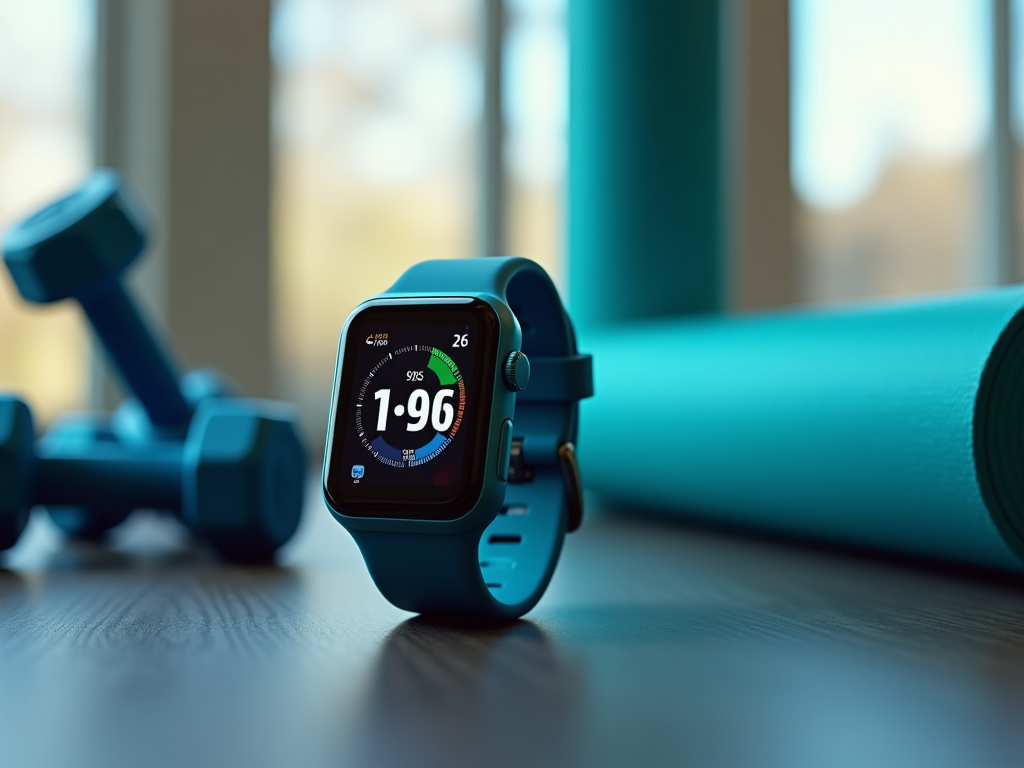As we navigate through a rapidly evolving technological landscape, smartwatches continue to capture the attention of consumers and tech enthusiasts alike. From their humble beginnings as complicated gadgets to their current status as integral parts of our daily lives, the evolution of smartwatches is nothing short of remarkable. Today’s smartwatches boast impressive features, from fitness tracking to seamless notifications, and they communicate with a variety of electronics, transforming how we perceive time and connectivity. But what lies ahead for the next generation of wearables? Understanding future trends is essential for those who want to stay at the forefront of innovation in this exciting field.
The smartwatch market has witnessed significant growth, fueled by advancements in technology and design. Current offerings from major brands like Apple, Samsung, and Fitbit often include functionalities like workout tracking, heart rate monitoring, and compatibility with smartphones. Meanwhile, emerging users—ranging from fitness enthusiasts to busy professionals—continue to shape the functionalities and designs demanded from these devices. Moreover, the diversity of features tailored to varied demographics indicates that future models will cater to an even broader audience.
The Current Landscape of Smartwatches

Smartwatches are now equipped with capabilities that make them indispensable tools in daily life. They serve not only as timekeepers but as comprehensive health monitors and communication devices. While existing models provide features such as GPS navigation, social media notifications, and music control, the competitive market is driving brands toward constant innovation. This landscape necessitates consumer-awareness as tech-savvy users start to look for features that align closely with their fast-paced lives.
- Health and fitness tracking capabilities
- Integration with smartphones
- Stylish designs that fit various lifestyles
- Long-lasting battery life
- Variety in price ranges to attract diverse audiences
Emerging Technologies Shaping the Future

As we look ahead, several emerging technologies are set to redefine the smartwatch experience significantly. One of the most exciting advancements involves enhanced health monitoring features, which aim to provide users with deeper insights into their wellness. Future smartwatches are predicted to offer users capabilities like continuous glucose monitoring and sophisticated ECG analysis, empowering individuals to take charge of their health like never before. Imagine a device that could alert you about irregular heartbeats or track your blood pressure over time. This transformative capability goes beyond simple activity tracking.
These sophisticated health tracking capabilities are designed to change how users interact with their health data. In addition to traditional metrics, users can expect:
- Continuous glucose monitoring for diabetes management
- Improved ECG functionality pinpointing heart issues in real-time
- Blood pressure sensors to monitor fluctuations and overall health
- Hydration and sleep tracking for optimal well-being
Additionally, advancements in machine learning and artificial intelligence are primed to impact smartwatches in profound ways. AI algorithms are expected to analyze data patterns and personal routines, allowing for predictive insights that adapt to the user’s specific lifestyle. These improvements lead to a more personalized user experience, creating heightened engagement and improved functionality.
Design Innovations and Customization
The aesthetic and physical design of smartwatches is another area that will see remarkable advancements. Features that prioritize comfort and personalization are evolving rapidly. Future watches are anticipated to utilize groundbreaking materials that are light yet durable, ensuring that wearers can enjoy their devices throughout the day without discomfort. Moreover, aesthetic choices are expanding, allowing users greater flexibility in how they customize their devices to reflect their unique styles.
| Feature | Current Models | Expected Enhancements |
|---|---|---|
| Health Monitoring | Basic tracking (heart rate, steps) | Advanced tracking (ECG, glucose monitoring) |
| User Interface | Touch and swipe | Gesture control, voice commands |
| Battery Life | 1-2 days | Extended battery life (7 days or more) |
These design and customization possibilities are set to make smartwatches an even more essential item in people’s wardrobes. Enhanced user interface designs will also redefine the interaction style between users and devices, ultimately making operations more intuitive.
Sustainability in Smartwatch Manufacturing
With the increasing awareness of environmental issues, sustainability is now a major focus in technology. The smartwatch industry is no exception. As future models are developed, manufacturers are likely to seek eco-friendly materials and manufacturing processes to meet consumer demand. From biodegradable straps to solar-powered alternatives, we can anticipate exciting developments that will align high-tech wearables with sustainable practices.
User Experience and Connectivity
As smartwatches become more integrated into users’ lifestyles, connectivity is set to improve dramatically. Enhanced Bluetooth and Wi-Fi capabilities will facilitate faster and more reliable communication between devices. The ability to connect seamlessly with Internet of Things (IoT) devices will further expand the functionality of smartwatches, allowing users to control home environments directly from their wrists.
Conclusion
The future of smartwatches promises a landscape rich with potential and innovation. With advanced technologies, stylish designs, and sustainable practices coming to the forefront, the next generation of wearables will redefine how we interact with technology on a daily basis. For consumers and developers alike, the journey ahead is one of excitement and possibility, as the integration of health, artificial intelligence, and sustainability shapes the way we approach everyday tasks.
Frequently Asked Questions
- What new health features can we expect in the next generation of smartwatches? Next-gen smartwatches may include glucose monitoring, advanced ECG functionalities, and more comprehensive insights into user health metrics.
- How will artificial intelligence impact smartwatch usability? AI is expected to provide predictive analytics and personalize recommendations based on user behavior and preferences, making smartwatches more intuitive.
- What design changes are anticipated for future smartwatches? Design innovations may feature lighter materials, flexible displays, and customizable bands to enhance user personalization and comfort.
- How might sustainability efforts affect future smartwatch production? Manufacturers are likely to focus on using recyclable materials and eco-friendly processes to meet the rising consumer demand for sustainable technology.
- Will future smartwatches offer better connectivity options? Yes, advancements are expected in Bluetooth and Wi-Fi technology, allowing for faster and more reliable connections with other devices.
